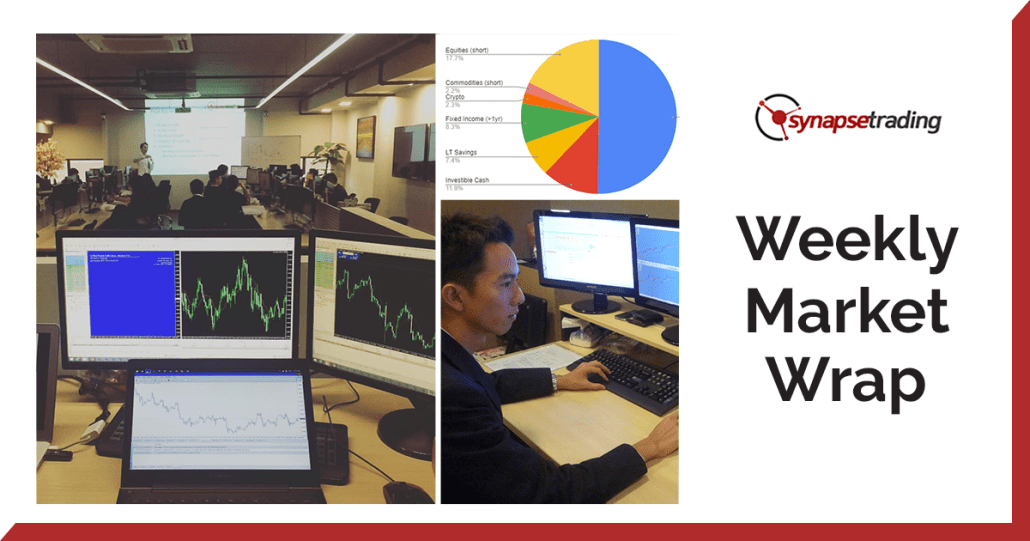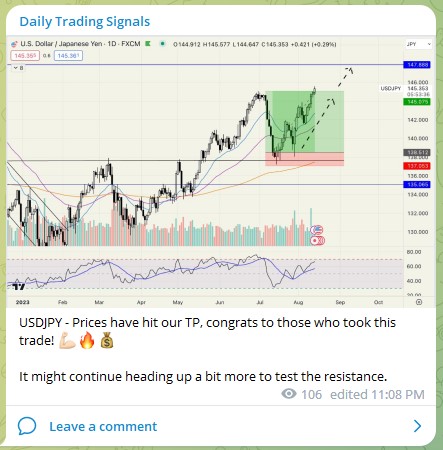Table of Contents
What Is an Upside Tasuki Gap?
Definition
An Upside Tasuki Gap is a three-bar candlestick formation commonly used to signal the continuation of the current uptrend.
The pattern consists of the following:
The first bar is a large white/green candlestick within a defined uptrend.
The second bar is another white/green candlestick that opens with a price gap above the close of the previous bar.
The third bar is a black/red candlestick that partially closes the gap between the first two bars.
Understanding the Upside Tasuki Gap
The Upside Tasuki Gap pattern demonstrates the strength of an uptrend through the gap opening of the pattern’s second candle and its escalating price.
The third candle indicates a pause in the trend as the bears attempt to move the price lower but fail to close the gap between the first and second candles.
The inability of the bears to close this gap suggests that the uptrend is likely to continue.
Traders may also refer to this pattern as a Bullish Tasuki Gap or the Upward Gap Tasuki.
The opposite pattern, which occurs in a bearish market, is known as a Downward Tasuki Gap.
Both patterns are believed to have originated from Japanese technical analysis.
Significance in Trading
The Upside Tasuki Gap is one of many gap patterns that can form during a bullish trend.
Traders often use supporting uptrend gap patterns in conjunction with the Upside Tasuki Gap to confirm a bullish trading strategy.
Gaps represent significant price changes, typically occurring from one trading day to the next, and are crucial for identifying potential trend continuations or reversals.
It is common to see the price of an asset close a gap previously created, which can sometimes result in a slight pullback.
The black/red candlestick forming the Upside Tasuki Gap acts as a minor consolidation period before the bulls continue pushing the price higher.
Upside Tasuki Gap Within an Uptrend
Upside Tasuki Gaps can occur at any time during a bullish trend.
Bullish patterns typically follow a cycle beginning with a breakaway gap that confirms a reversal, followed by several runaway gaps, and concluding with an exhaustion gap.
As the price of a security trends higher, it often forms an ascending channel, which traders construct by drawing two upward-sloping lines at the peak and trough levels of price action.
An Upside Tasuki Gap can occur within this ascending channel and may include one or several of the aforementioned gaps.
Concluding Thoughts
The Upside Tasuki Gap is a significant candlestick pattern for traders looking to identify the continuation of an uptrend.
While it is a strong signal on its own, it is most effective when used in conjunction with other gap patterns and technical analysis tools.
Understanding and recognizing this pattern can provide traders with valuable insights into market trends.
However, it is important to consider the overall market context and use additional indicators to ensure a well-rounded and effective trading strategy.








